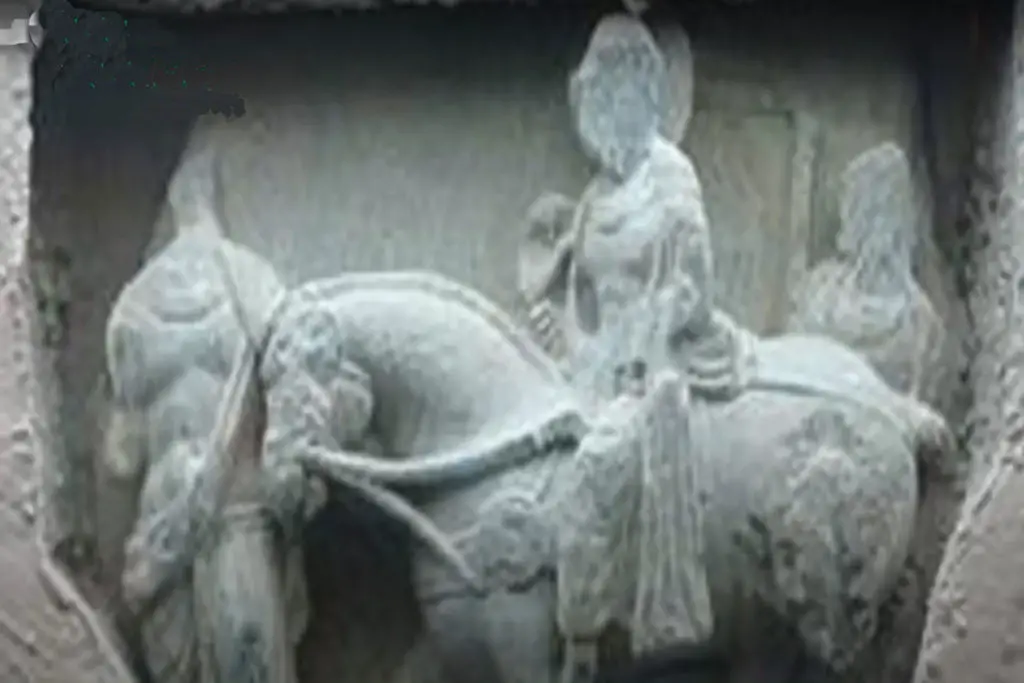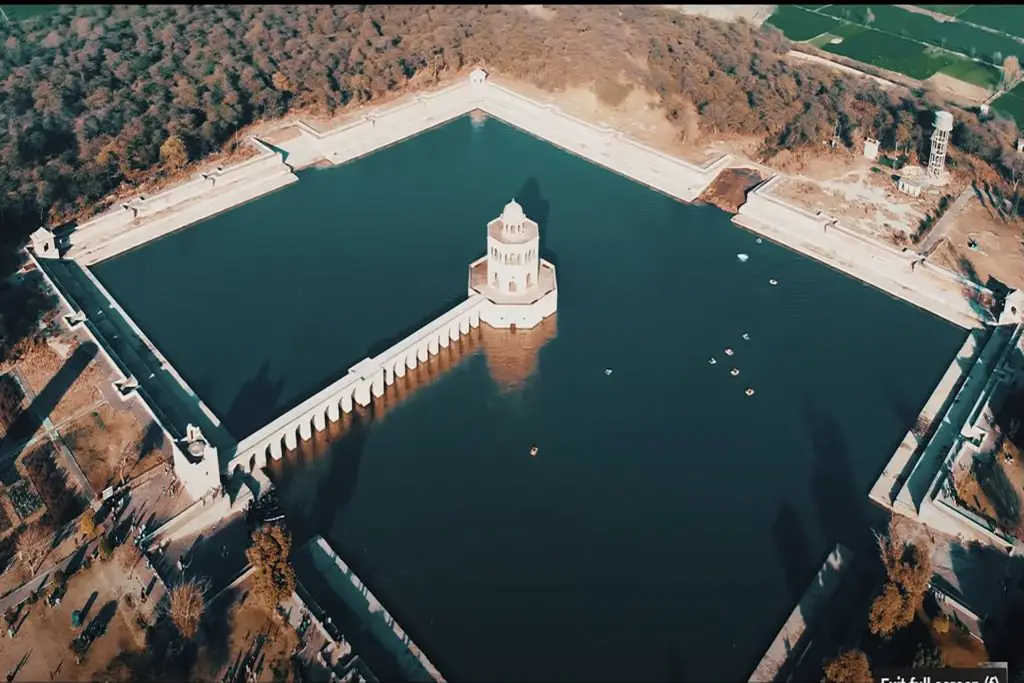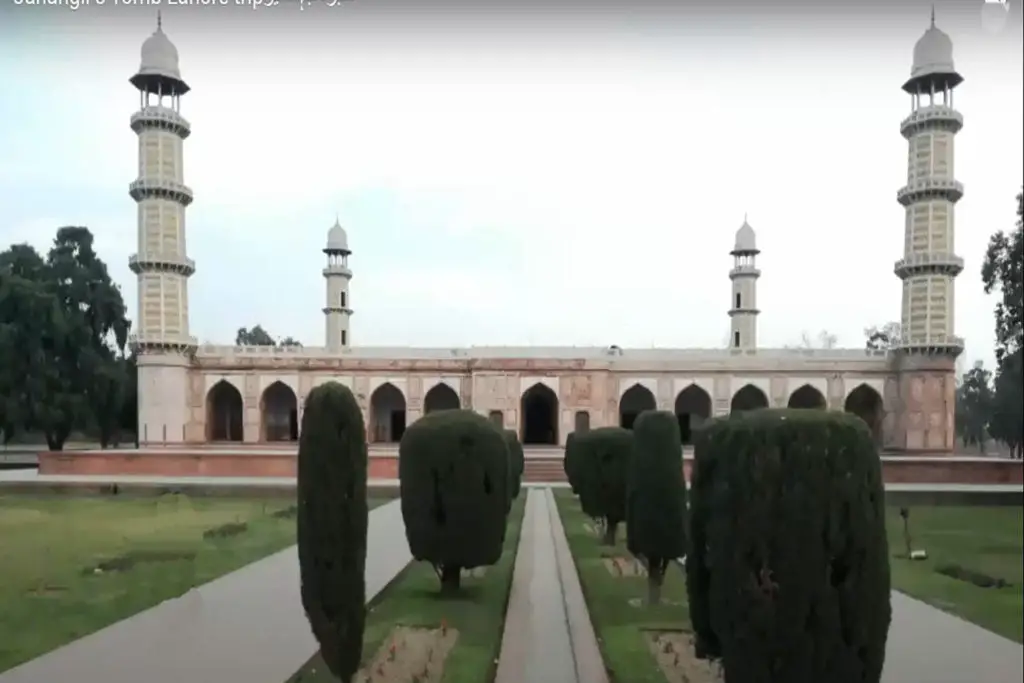Kahu Jo Daro, also known as Mirpur Khas Stupa, is an ancient Buddhist stupa found at the Mirpurkhas archaeological site in Sindh, Pakistan. The campus covers 30 acres (120,000 m2). Excavations completed before 1910 revealed this large brick-based Stupa and numerous terracotta reliefs that are now displayed in the world’s major museums.
The site of Mirpur Khas is notable for the fact that historical Indian and Arab coins have been found during its excavations. This has led scholars such as Derryl MacLean to suggest that Buddhism flourished in the Sindh region around the 10th century and died out in these parts of western and northwestern South Asia after the Islamic conquest.
Kahu Jo Daro History
Early estimates placed the site in the 4th to 5th century. The stupa is now dated to between the 5th and early 6th centuries, as its artwork is more complex and resembles that found at ancient sites such as Ajanta and Bhitargaon in India. The terracotta discoveries here include intricately and elegantly carved Buddha images as well as several Hindu works of art such as Brahma.
The various terracotta artworks found here have been variously dated between the 6th and 10th centuries and include a remarkable 7th-century painted image of Avalokitesvara Padmapani. The artworks are similar to those seen at Sarnath and Mathura. Clay tablets containing the Buddhist formula “Ye Dharma Hetu” in 7th-8th century script have also been found.
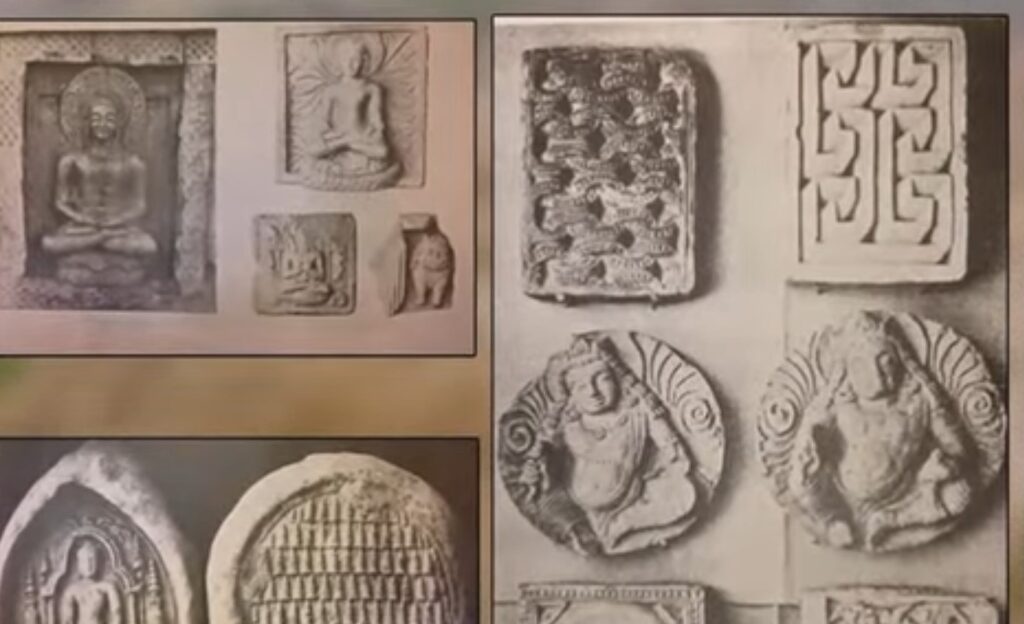
Who discovered Kahu Jo Daro?
In 1909, in an abandoned stupa near Mirpur Khas in lower Sindh, when Henry Cousens (1854-1933) found burial ashes along with bones, it was questioned whether these remains were of the Buddha or a Buddhist saint. The stupa stood in the ruins of a Buddhist monastery spread over an area of 30 acres, in those early days it was dated to the 6th century AD.
Before the excavations, the site was described as a ‘large pile of ruins’ located about half a mile north of Mirpur Khas, nearby villagers called it Kahu jo Daro, the Kahu Mound. The Sindh Provincial Gazetteer (1907) mentions a minor irrigation canal, Kahu Wah, which flows at a distance of 65 miles from Mirpur Khas.
It is also said that there was a Kahu Bazaar around which Mir Ali Murad Talpur founded the city of Mirpur Khas in 1806. But even today, Sindh Kahu is a rare name.
The existence of the bazaar suggests that Kahu Jo Daro was not only a remote monastery but also a large city. Xuan Zang (Hiuen Tsang), a famous Chinese monk who visited Sindh about a century before the Arab Muslim conquest in 711, writes of hundreds of Buddhist monasteries flourishing in Sindh.
At the same time, history tells us that most of the funding for running such a network of holy sites came from the merchants and the artisan class, which was mostly Buddhist. Located close to the ancient Aprantapatha trade route that stretched from the Bolan Pass in Baluchistan to Kanya Kumari at the tip of South India, Kahu Bazaar must have been a busy place where monks and traders mingled with the townspeople.
There is ample circumstantial evidence to suggest that Kahu Jo Daru remained a peaceful city even after the Muslim conquest, as the monks continued to collect their pilgrimage tax while merchants such as zimmis (non-Muslims) paid the tax.
Although like the Harappa, the Kahu Jo Daro site was also robbed of bricks by railway contractors, in the process, when several decorative bricks and two remarkable figures of Buddha were uncovered, it attracted the attention of British officials.
According to Sir James Campbell, it represented the ‘Sikhi, the second Buddha. Guru Nanak’s struggle against Brahmanism, his respect for the Buddha’s teachings, and his visit to Tibet may have led many to regard him as the second Buddha. It is important to note that before partition (1947) Mirpur Khas had a sizeable Sikh population.
The Cousens arrived in Mirpur Khas four decades before Partition. It was a long journey that started as a photographer in the Indian Services and ended as Superintendent of the Western Circle of the Archaeological Survey of India.
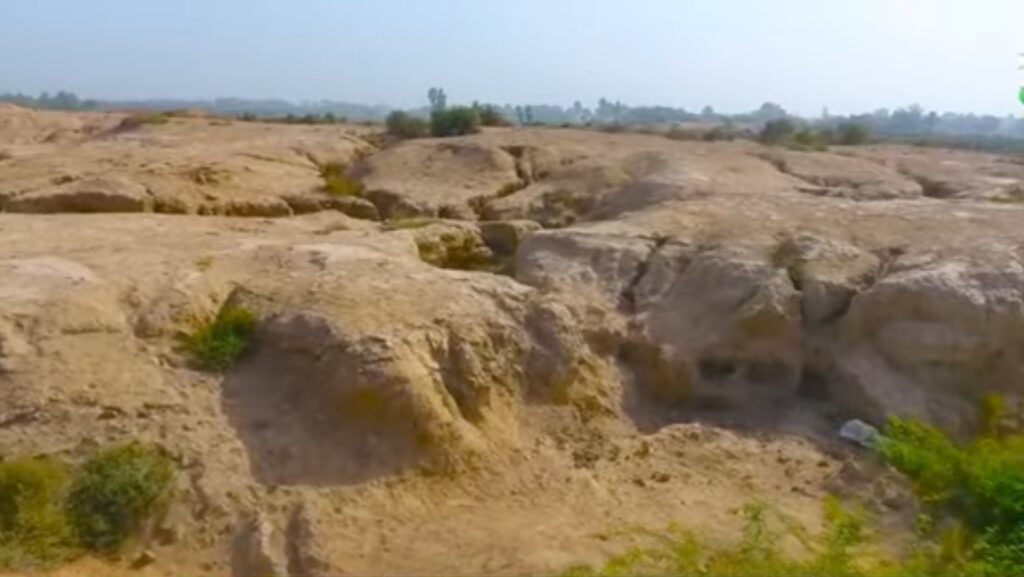
With one clerk and a photographer’s assistant, he traveled through many parts of India before his posting to Sindh, exploring, examining, photographing, and recording antiquities. Although Kahu Jo Daro was first explored by J. Gibbs in 1859, it was in 1909, just a year before his retirement, that Cousens dug into the deepest floor and recovered the relic coffin, the most sought-after artifact by archaeologists at the time.
The relic contained only a “spoonful” of ashes and bones, but to the devotees, it was more valuable than the votive tablets, Buddha images, vases, and many other artifacts that were discovered and transferred to the Prince of Wales Museum in Bombay.
After extensive research on Buddhist monuments in Sindh, J.E. Van Lohuizen-de Leeuw rightly observed that “the worst fate befell the site of Kahu.” Also, instead of blaming Arab Muslims for the destruction of pre-Islamic monuments, she identified salinity as the enemy of buildings in Sindh.
It is so true, in my lifetime, I have seen many beautiful structures, both old and new corroding due to salt encrustation and rapidly falling apart. In such a fragile world, where the abodes of saints do not survive, their seekers often deceive their hearts into thinking that a saint lives under every tree.

